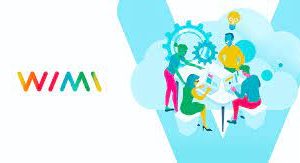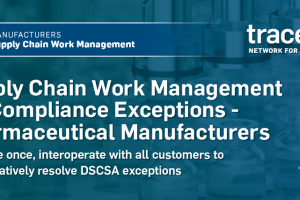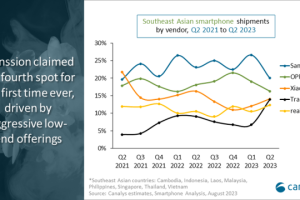In a relatively short time, the Internet of Things (IoT) has substantially changed health care. Connected devices allow older people to age in place safely for as long as possible and help doctors confer with specialists across the world about complex cases and monitor patients’ chronic diseases between office visits. But as with any technology, IoT also brings with it challenges to be overcome. Here are some challenges facing health care in 2019 along with suggestions for what practitioners should keep in mind when they use health care IoT devices in their workplaces.
Most IoT Initiatives are Incomplete or Unsuccessful
Health care organizations are motivated by convenience and speedy data transfers to explore IoT technologies. While there’s certainly reason to be excited about IoT’s potential, 2017 research from Cisco painted a less-than-glamorous picture of IoT transformation efforts. Based on the feedback from more than 1,800 stakeholders in past or ongoing IoT initiatives across the US, UK, and India, the survey revealed that finished projects were only considered successful 26 percent of the time in addition to one-third of respondents deeming their finished projects unsuccessful. 60 percent of the projects encounter trouble at the proof-of-concept stage or shortly thereafter. What’s worth noting is that utilizing external partnerships was a crucial factor for those organizations that achieved successful implementations. Although this Cisco study didn’t focus its analysis on health care organizations, that industry vertical was represented in the overall survey. The results prove that organizations should be cautious when planning their IoT rollouts in 2019. To achieve this, they should start small and prioritize projects that align with their most prominent business objectives or patient needs.
Health Care Will Generate a Tremendous Amount of Data
The ways to reduce emergency room waiting times, track assets and people that move throughout hospitals, and offer proactive alerts about medical devices that may soon fail are some of the most exciting health care IoT initiatives. Although impressive, those advancements are challenging in terms of the amount of data generated. As per a forecast, health care will be responsible for generating the most data of any other sector by 2025 hence its time for organizations to realize that deciding to use IoT technology will likely make data storage needs go up. They’ll start noticing the differences this year. The health industry has to be exceptionally careful to treat patient data from IoT devices according to federal and state regulations. If organizations are not equipped to handle it properly and verify its quality, the flood of data created by the IoT gadgets and devices used in the health care industry could also cause unforeseen problems.
Keep watching this space for more.




























